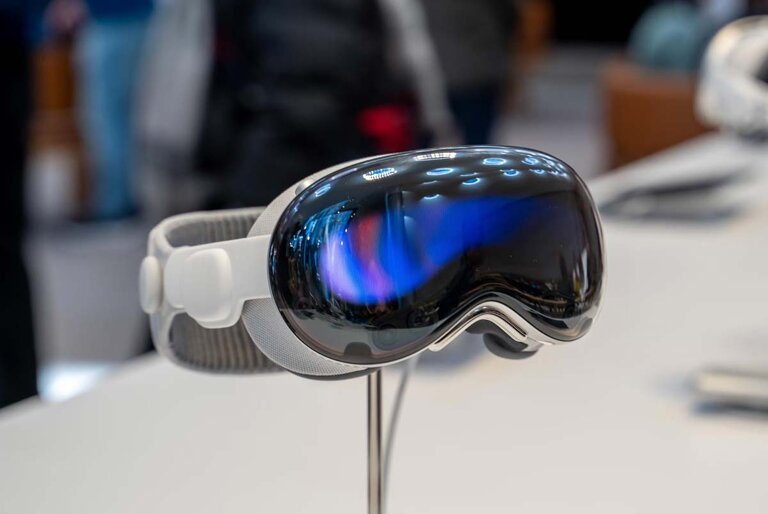With the rise of smart glasses, brought by products like the Apple Vision Pro and many others showcased at the Mobile World Congress 2024 (MWC), it’s easy to forget the dangers they bring with them.
Case in point, a recent Israeli study published in the International Journal of Human–Computer Interaction casts a shadow on the practicality of these devices, particularly when used on the move.
Smart glasses, which often come with displays and an array of sensors, are designed to project data directly into the user’s line of sight. While they offer immersive experiences, they also bring a level of distraction similar to that of smartphones, which can be dangerous during activities like driving or walking.
The research points out a concerning trade-off: Smart glasses impair the user’s ability to walk and read texts simultaneously, compromising their safety.
The study’s experiments debunked the notion that smart glasses enhance multitasking. Participants using smart glasses to read texts saw a 20% drop in walking speed compared to those using smartphones. This might not sound like much, but the slowdown affects efficiency and safety, as it dips below the speed needed to safely cross streets.
Moreover, the research highlighted a decrease in walking stability and an increase in mental load for smart glasses users, suggesting that the cognitive effort required to process information through these devices is significantly higher than that for smartphones.
As the study concludes, the allure of smart glasses must be balanced with caution, particularly in scenarios where multitasking could lead to accidents or injuries. The future of wearable tech lies not only in its capabilities but also in its ability to integrate safely into our lives.

